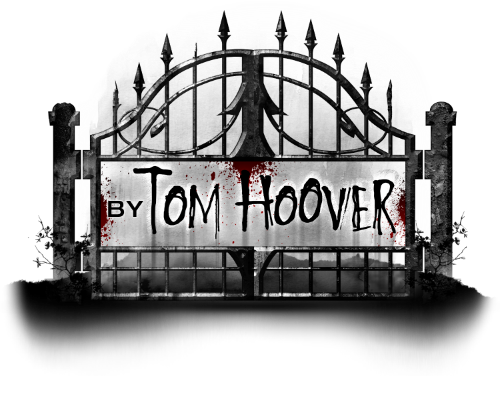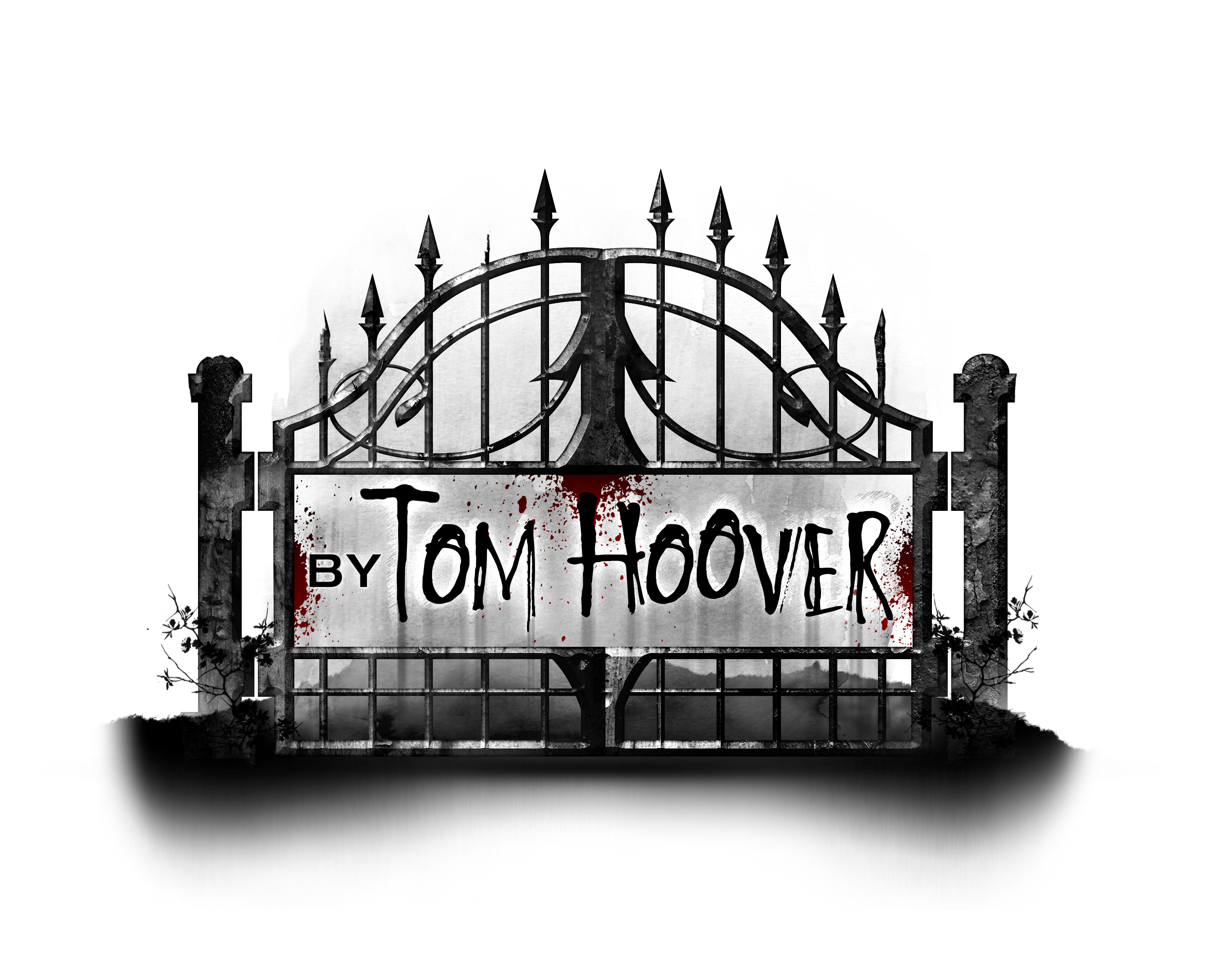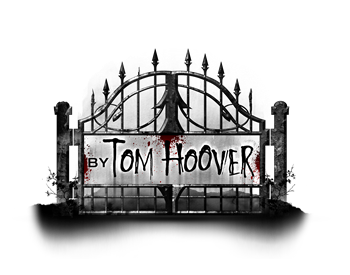The Process
So, I just finished the first draft of my latest book the other day, and I was telling people—like ya do. When you’re a writer, finishing a manuscript draft is a lot like a new father passing out cigars. Except there aren’t any cigars, and you hope somebody buys you drinks.
One of the people I was trying to scrounge drinks off of asked me, “So what happens next?”
Finishing the manuscript is where The Process begins. Cue the angelic choir.
Different writers have different processes. This is the story of my writing process. On a side note, for the record, “manuscript” is the cool way to say “book.” In the writer’s world, it’s a book while you’re writing it. Then it becomes a manuscript when you finish, revise, submit, sell, etc., until it’s on a shelf in a store and becomes a book once more.
 That’s evolution. In your face, Darwin.
That’s evolution. In your face, Darwin.
But, back to the process—ahh, ahhh, ahhh! The minute I write The End—yes, you always write “The End” when you’ve ended; when else would you write it?—I print out a hard copy of the manuscript. I put that in a drawer for two to three weeks and never look at it.
Actually, in a drawer is a euphemism. All my drawers are full, so I usually just put it on a shelf or in a room I don‘t go into very often. I sometimes wonder if my manuscripts feel special because they have their own room.
When this waiting period is over, I get out my red pen and read through the manuscript, marking everything I need to cut, add, revise, or spell correctly. My motto is, “If I’m not sure if I need to fix it, it needs fixed.”
Ever heard the phrase, “Kill your darlings?” This is where they die. Where I realize that scene or line or description that I slaved over, that I love so much … is in the way of the story. Like a pretty girl standing in front of the TV when The Walking Dead is on. They, and she, must die.
The manuscript is bleeding red ink.
I take the bloody mess—apologies to UK readers—and transfer all the edits back into the computer. And make more, new edits in the process. More darlings die. It’s a massacre.
Next, I read over the manuscript again, looking for anything that doesn’t feel right. If I find something, I have to fix it. Right then. Before I can move on. I understand that feelings are subjective. You might feel differently than I do.
But you’d be wrong.
When I’m pretty happy with it, I send it out to peer readers. These are people who’ll take their own red pens—or “track changes” in MS Word, some of my readers are far away—and they will make suggestions, changes, tell me what they like or don’t like, etc. I read through all of these and judge their judgements, rejecting some of their comments, accepting others, revising the manuscript more times.
Then a final read to make sure I haven’t “fixed” my way into a corner, and it goes off to my agent.
And I am ready for the next round of revisions.









